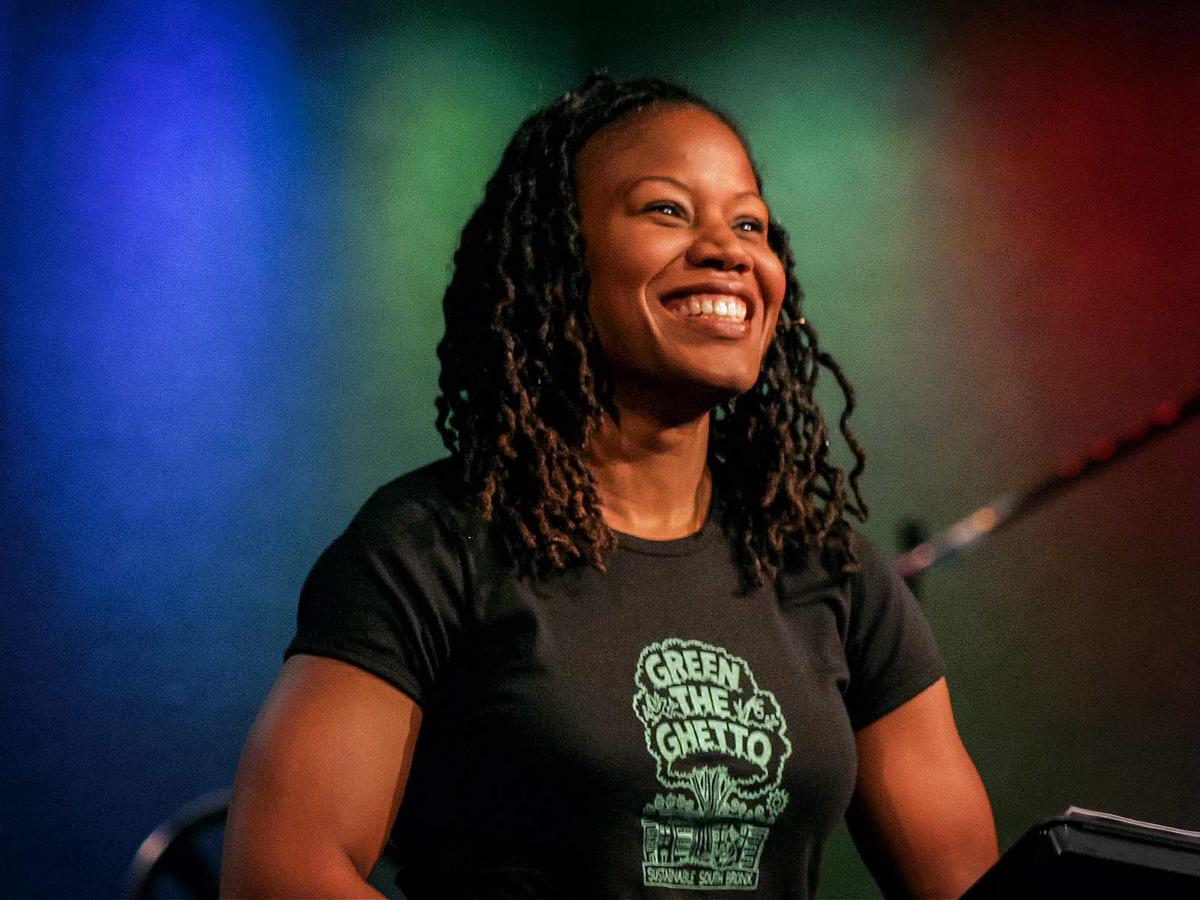
Esraa Tayseer Kudair
Hebh Jamal, in New York, is seventeen years old. Esraa Tayseer Kudair, in Amman, is also seventeen years old. Around the world, young women are organizing and leading demonstrations, protests, movements for autonomy, solidarity, respect, peace, power and justice. They have been warned. They have been given explanations. Nevertheless, they have persisted. They are the teachers of justice and power: Hebh Jamal, Esraa Tayseer Kudair, and so many others.
Last week, protesters gathered in front of the Parliament, in Amman, Jordan, to call for the repeal of Articles 340 and 98 of the Jordanian Penal Code. These two articles allow for “mitigation” of sentences in so-called honor killings. Article 98 reads: “Whoever commits a crime while in a state of rage which is the result of an unjustifiable and dangerous act committed by the victim, benefits from a mitigating excuse.” Article 340 reads: “Whoever surprises his wife or one of his female decedents or ancestors or sisters in the act of adultery or in illegitimate bed and murders her immediately or her lover or both of them or assaulted her or both of them and the assault resulted in death or injury or harm or permanent disfiguration, he/she shall benefit from a mitigation excuse.” That he/she is misleading. All the reported honor killing victims in Jordan have been women. By October of last year, 26 women had been killed in so-called honor killings, compared to 17 in all of 2015.
Esraa Tayseer Kudair, a high school student, decided enough is too much, and, with her organization, I Change, organized the protest: “There are women that are being killed without doing anything wrong, and people are using this law to justify the killing these women.” When asked about I Change, Kudair explained, “I Change is a group of people that are gathered for a reason: to protect women from honour crimes and to educate people on this matter.” Around the world, young women students are promoting critical education, teaching and learning, all as part of the heart of the organizing agenda.
This week, in New York, Hebh Jamal, a high school student, was the lead organizer of a New York City-wide student walkout, which took place yesterday, February 7. For the past two years, Hebh Jamal has been a leading anti-racist, anti-Islamophobia organizer in New York. When the Muslim ban was announced, Hebh Jamal intensified her organizing efforts. Last week, she mobilized hundreds of people who marched from Foley Square to federal immigration offices in lower Manhattan. Yesterday, several hundred students from all over New York City showed up at Foley Square, to protest the Muslim Ban, to protest the assault on education that is embodied by Betsy DeVos, and to demonstrate their presence, wisdom, and commitment.
Two years ago, fifteen-year-old Hebh Jamal said, “If a Muslim hasn’t been called a terrorist in middle school, lower school or high school, then they’re probably in a really great school — and I’m happy for them!” This week, two years later, Hebh Jamal added, “I just want to say for me personally that I have gotten interview requests for the past week and I know it’s an interesting story because of my age, but it’s a movement of thousands, and I want to emphasize it isn’t about one person. I wanted to mention that, although it’s really great that I’m able to have a platform that a lot of Muslim women are not able to have, I really want to use it to emphasize that it needs to be a movement.”
The struggle continues, thanks to the young women everywhere who are warning, explaining, and persisting in movement building and justice creating.

Hebh Jamal
(Photo Credit 1: Global Voices / Nora B) (Photo Credit 2: Seventeen)
